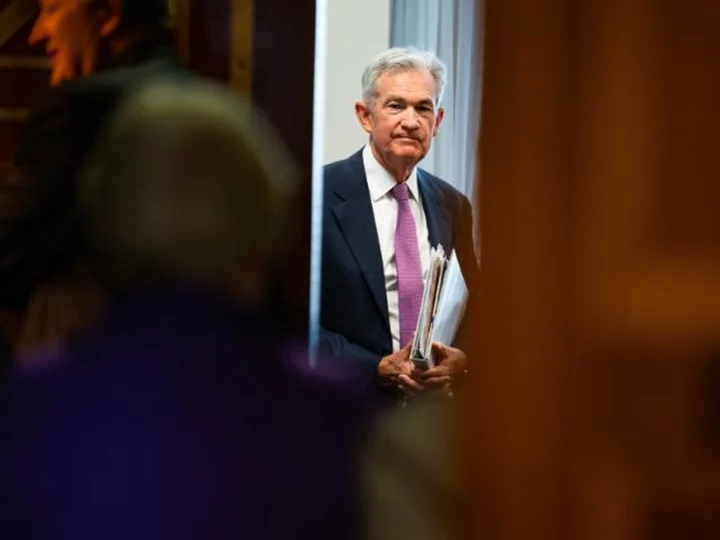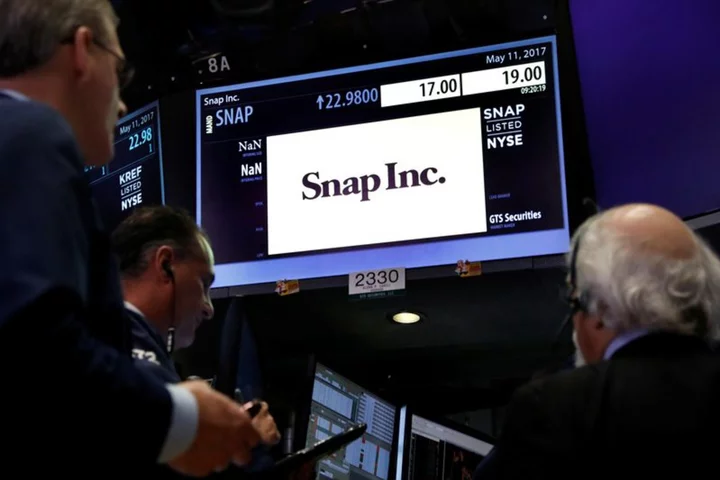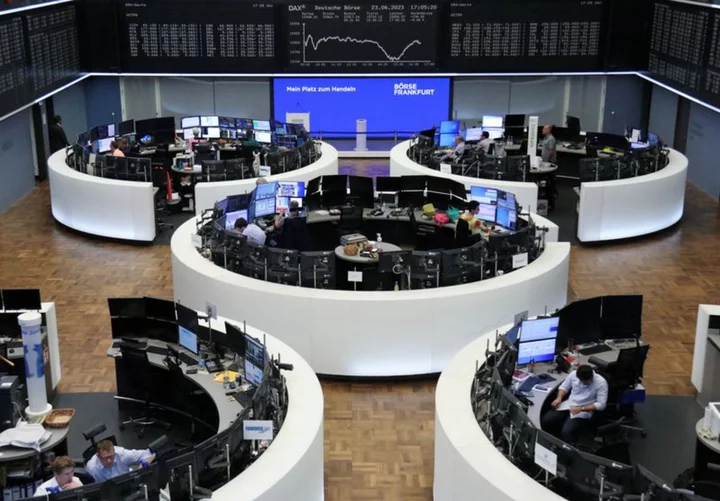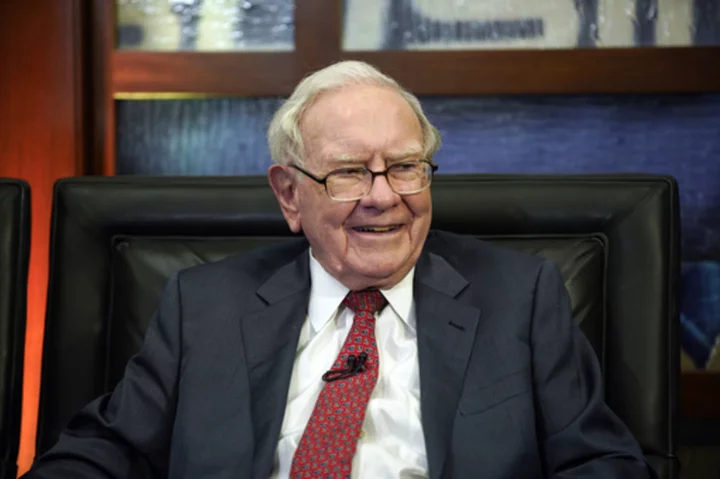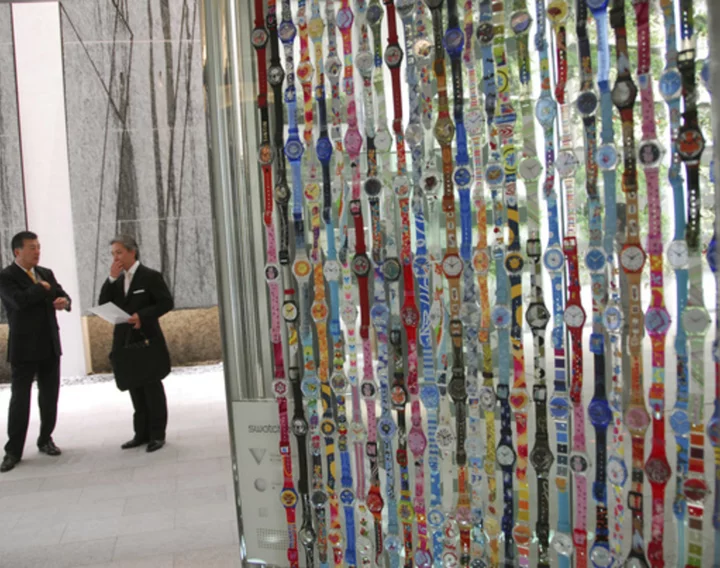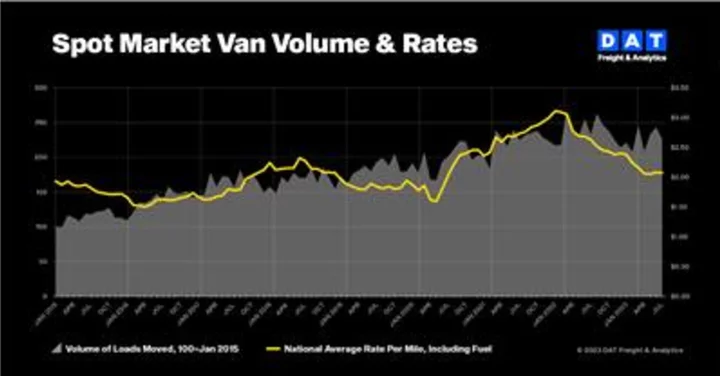When it comes to the job market, the Federal Reserve seems to want the latest data to bear bad news for the average American. But with inflation, the Fed is rooting for good news.
On the job market, indications like latest jobs report — which showed that fewer Americans are getting hired — can be interpreted as bad news. It could mean that it will be harder for unemployed Americans to find work, or that layoffs could be ahead.
On inflation, good news for the average American is stable prices. So if economists' forecasts are correct — that the Consumer Price Index data due on Wednesday will show the annual inflation rate falling from 4% in May to 3.1% in June, according to Refinitiv — it will be welcome news to Americans and the Fed.
The Fed's mandate
The Fed is legally bound by what is known as its dual mandate: to promote maximum employment and price stability. It's been successful in achieving historically low unemployment for almost two years. But that's not the case with inflation (aka price stability), which has been well above the Fed's 2% target for more than a year.
"Any news that inflation continues above that target rate or if the pace at which the rate of inflation is coming down is slowing is bad news for the Fed," said Sean Snaith, director of the Institute for Economic Forecasting at the University of Central Florida.
Low rates of unemployment coupled with strong job growth can be counterproductive to the Fed's price stability goal, since it can lead to higher wages — which can then contribute to higher inflation, Snaith said.
Fed Chair Jerome Powell has repeatedly said that the number of job openings needs to better align with the number of people looking for work in order to get inflation under control. As of the latest Job Openings and Labor Turnover Survey, or JOLTS, there were 1.6 jobs available for every job seeker — or more than 3 million job openings than people searching for jobs.
While it may feel discouraging for job seekers to come across fewer job openings, it's actually a good sign for them, said Kermit Schoenholtz, New York University professor emeritus and the former chief economist at Citigroup.
Job seekers would be much better served by "a sustainable job market where it's easier to make predictions about the future," he told CNN. The job market we've seen post-pandemic is not sustainable, he said.
What's good news for investors
Investors are searching for signs that the Federal Reserve will stop hiking interest rates, or better yet, cut them.
But, after pausing interest rates last month, and with inflation at nearly double the Fed's 2% target, the central bank doesn't seem ready to take its foot off the brake just yet. Not only is it poised to hike again at its meeting later this month, but Fed officials have signaled that more rate hikes could soon follow.
When the Fed raises interest rates it raises the cost of doing business for companies who rely on outside funding. That's because interest rates on loans tend to rise in tandem with increases in the Fed's benchmark interest rate.
The Fed's cumulative five percentage point increase in interest rates since last March helped fuel massive layoffs in industries like tech, real estate and media that struggled to contend with higher financing costs. Many publicly traded companies' stocks in interest-rate-sensitive industries took a hit as a result, though some have started to recover this year.
While Powell has said on several occasions that a rate cut isn't going to happen this year, investors remain optimistic, since it would make it cheaper to get loans. But it may be wishful thinking.
What the Fed would need to see to consider cutting
The Fed cuts interest rates when the economy is on the verge of, or has already entered, a recession. In doing so, it hopes to get consumers and businesses to spend more money to prevent further layoffs and economic distress.
But if the Fed were to cut interest rates when the economy is faring well, it could spur inflation. That's because it would give businesses and consumers more of a reason to spend more money.
Recent economic data shows that job openings are starting to fade and fewer people are getting hired. Yet the unemployment rate still hovers near a historical low. Meanwhile, GDP unexpectedly grew at a 2% annualized rate in the first quarter.
So, while the Fed would need to see clear signs that the economy is slowing to even begin to consider considering cutting rates, the outlook remains fairly murky.

